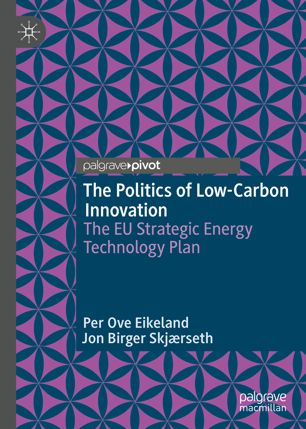

Most ebook files are in PDF format, so you can easily read them using various software such as Foxit Reader or directly on the Google Chrome browser.
Some ebook files are released by publishers in other formats such as .awz, .mobi, .epub, .fb2, etc. You may need to install specific software to read these formats on mobile/PC, such as Calibre.
Please read the tutorial at this link: https://ebookbell.com/faq
We offer FREE conversion to the popular formats you request; however, this may take some time. Therefore, right after payment, please email us, and we will try to provide the service as quickly as possible.
For some exceptional file formats or broken links (if any), please refrain from opening any disputes. Instead, email us first, and we will try to assist within a maximum of 6 hours.
EbookBell Team

5.0
48 reviews"Although technological innovation is undoubtedly crucial for addressing climate change, low-carbon innovation policies and politics have hardly been studied. This book clearly reveals the promises and pitfalls of European efforts in this field – recommended reading!"—Sebastian Oberthür, Institute for European Studies, Belguim
"This compact volume effectively addresses a surprisingly unknown territory in an otherwise well-explored landscape. In doing so, it will provide a useful resource to all who follow the uneven progress of climate and energy policy in the EU context, as well as those who are interested in policies to stimulate technology development more broadly."
—Tim Rayner, Tyndall Centre for Climate Change Research, University of East Anglia, UK
The EU Strategic Energy Technology Plan (SET-Plan) was aimed at accelerating low-carbon innovation by raising, coordinating and concentrating resources to certain low-carbon technologies. At the ten-year anniversary of the SET-Plan, this book examines why it was adopted and what it has achieved. Using an analytical framework developed to capture the ‘politics of innovation’, the authors trace the history of the Plan from initiation to implementation, and then explain its development as seen from the perspectives of the EU institutions, member-states, industry, the research community and international technology markets. The concluding chapter discusses lessons and prospects for European low-carbon innovation towards 2030 and beyond. This new work fills a void in the literature on EU climate and energy policies, and will appeal to scholars, students and practitioners in these fields.